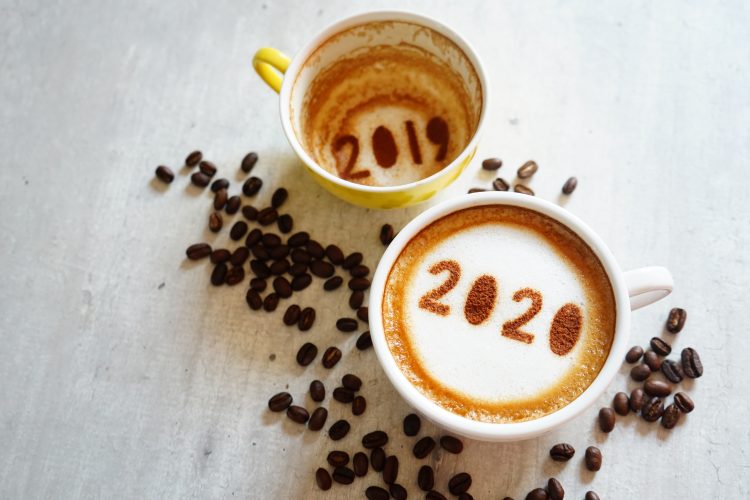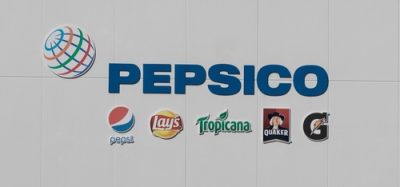UK food and beverage annual trends
- Like
- Digg
- Del
- Tumblr
- VKontakte
- Buffer
- Love This
- Odnoklassniki
- Meneame
- Blogger
- Amazon
- Yahoo Mail
- Gmail
- AOL
- Newsvine
- HackerNews
- Evernote
- MySpace
- Mail.ru
- Viadeo
- Line
- Comments
- Yummly
- SMS
- Viber
- Telegram
- Subscribe
- Skype
- Facebook Messenger
- Kakao
- LiveJournal
- Yammer
- Edgar
- Fintel
- Mix
- Instapaper
- Copy Link
Posted: 6 May 2020 | Lewis Ridley | No comments yet
New Food discovers how the food and beverage market changed over the last year.


A lot has changed over the course of a year, especially in the food and beverage (f&b) market. With consumer demands and desires altering rapidly with every season, brands and businesses are being kept on their toes when supplying the market.
To give f&b manufacturers, suppliers and businesses the best chance at keeping up with the ever-changing tides of consumer trends, the following article will discuss what has transpired from 2019 to 2020.
A shift in online shopping patterns
One of the largest changes experienced in the past year has been the shift in consumer shopping from off-line to online. More people than ever before are utilising the online world to search for, and purchase, f&b products and services.
Much of this can be seen from the changes in search query volume; broad search terms like ‘alcohol’ and ‘food delivery’ have seen sharp surges compared to the previous year. ‘Alcohol’ was experiencing 60,000 searches in March 2019, spiking to 165,000 the following year – an increase of 173 percent. ‘Food delivery’ also saw a similar bump with searcher interest increasing by 643 percent from 2019.
Although the recent coronavirus pandemic is skewing the data, the difference is too significant to result from the virus alone.
Evidently, more consumers are using the internet to search for food- and beverage-based goods. Suppliers and manufacturers should aim to improve their organic and paid search activities to take advantage of this elevation of searcher interest.
A zero waste policy
Over the past year, much focus has been placed on the environment and the effect food packaging is having. Programmes such as Blue Planet has helped drive consumer awareness, with more people now making an active effort to prevent careless waste.
Since Blue Planet’s release in 2017, zero-waste trends have been steadily increasing. Hundreds of zero-waste stores have emerged in the past few years – a figure that is growing. The government has also played a part in this shift. In 2019, the British government confirmed a ban on plastic straws which came into force last month (April 2020). This campaign was backed by 80 percent of respondents.
To appease consumers and adhere to government policy, f&b suppliers and manufacturers should seek alternative ways to package their goods and services. Whether this is through a reduction of plastic packaging or an increase in recyclable materials, businesses need to start looking if they are to gain market trust.
Social media takeover
Just as searcher trends have seen a swing, social media has had a large impact on the f&b market in the previous year. More people than ever are looking to social media, namely Instagram, to admire colourful, gorgeous dishes. With iPhones and cameras available widely, it is not uncommon (or certainly was not before the lockdown) to see someone in the seat adjacent to you snapping the plate in front of them.


Consumers are now looking for foods to share with their followers – the more colourful and exotic the better. A side effect of this interest has also led consumers to know more about the foods they are eating. A few years ago, people would not have heard of ingredients such as Chia seeds or aquafaba. Now, however, their common knowledge ranks amongst the world of online foodies.
Food and beverage companies should aim to produce extravagant, picture-worthy products that get them captured in the world of online food sharing. Not only will dishes and packages catch the eye of the passing shopper, but it will also warrant a reason for a quick Instagram post.
The globalisation of taste buds
As consumers become more attuned to the various flavours and ingredients of exotic foods, their desire to acquire them has increased. As a result, more people are wanting, and enjoying, harder to reach foods coming from the likes of Thailand, Hawaii and Mexico. Again, social media is a large contributor to this newfound trend.
To continue to satisfy the market, brands and businesses should seek to supply international goods to the British market. Ingredients such as couscous and quinoa are now sought-after purchases. In fact, ‘couscous’ as a search topic has increased by 25 percent from 2019. Stocking up alongside the trends can be a quick way to improve profit margins.
This is interesting to note, considering the current push towards shorter supply chains and more localised shopping…
Where do we go from here?
With consumer behaviour altering continuously, new trends and patterns are bound to emerge through the current year. Reviewing the year just past, it is clear online shopping will continue to grow as more consumers and businesses enter the online space to make purchases. Moreover, with government regulations constricting, it will be interesting to see how far zero-waste policies will stretch and what packaging f&b suppliers will be allowed to use in the future.
About the author
Lewis Ridley is content marketer at Salience Search Marketing – a marketing agency that analyses various sectors for new search trends and data. Salience has been keeping tabs on the food and beverage industry for five years and creates free market research on an annual basis.
Related topics
Beverages, COVID-19, Environment, Flavours & colours, Ingredients, Packaging & Labelling, Research & development, retail, Supermarket, Supply chain, Sustainability, The consumer, Trade & Economy









